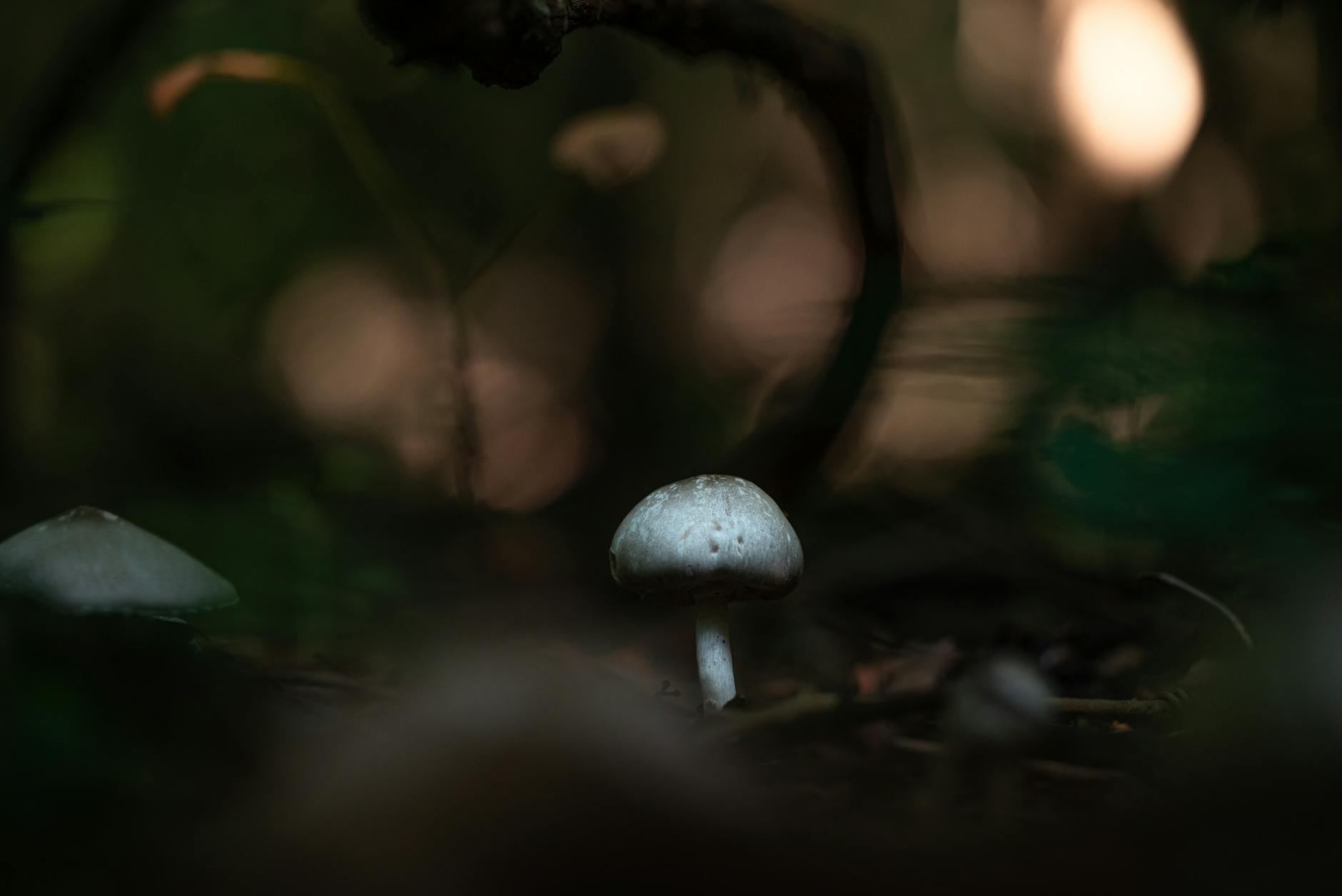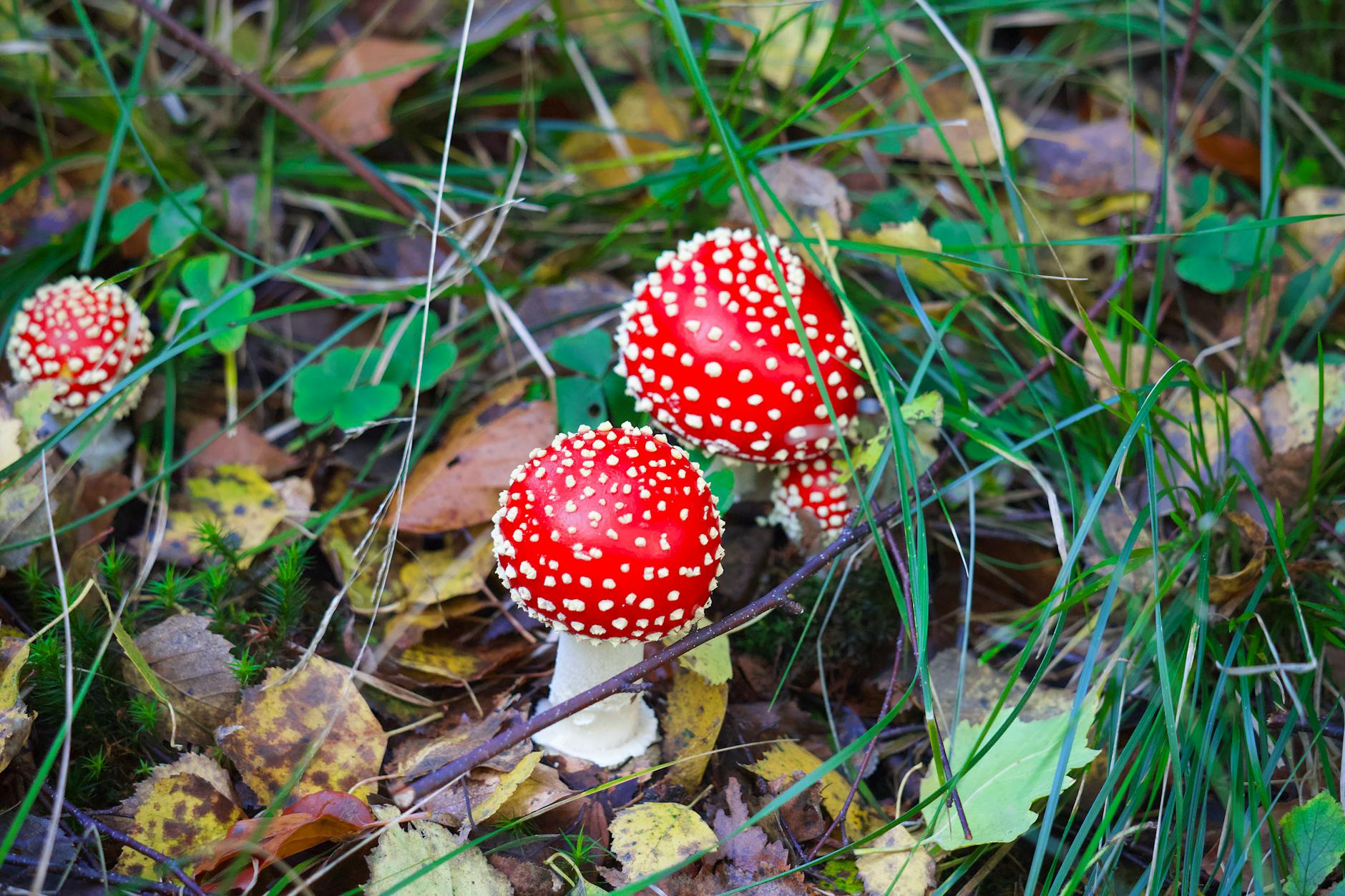Mushroom foraging is a popular pastime for nature lovers and food enthusiasts alike. The thrill of hunting for wild fungi and bringing home a basket of edible treasures can be exciting, but it also comes with risks. Not all mushrooms are safe to eat, and some can be deadly if consumed. In this article, we will explore seven deadly mushrooms that foragers should beware of to ensure their safety and well-being.
The Danger Lurking: A Closer Look at Deadly Mushrooms
1. Death Cap
The Death Cap mushroom, scientifically known as Amanita phalloides, is one of the most poisonous mushrooms in the world. Its cap is typically greenish-yellow, and its white gills and ring are key identifiers. Consuming even a small amount of this mushroom can lead to severe liver and kidney damage, often resulting in death if left untreated.
2. Destroying Angel
Another lethal mushroom to be aware of is the Destroying Angel (Amanita bisporigera). This mushroom is white with a slight yellow or green tint and has a characteristic bulb at the base of its stem. The Destroying Angel contains toxins that can cause organ failure within days of ingestion, making it a serious threat to foragers.
3. Deadly Galerina
The Deadly Galerina (Galerina marginata) may look deceptively similar to the edible Honey Mushroom, but it is far from safe to eat. With a rusty brown cap and a brown spore print, this mushroom contains amatoxins that can have fatal consequences if consumed.
4. Angel of Death
The Angel of Death mushroom, also known as the Western North American Destroying Angel (Amanita ocreata), is a deadly fungus that resembles the classic Destroying Angel. Its pure white appearance and lack of an odor make it particularly dangerous for foragers who may mistake it for a harmless variety.
5. False Morel
While not as deadly as some other mushrooms on this list, the False Morel (Gyromitra species) can still cause serious health issues if consumed. This mushroom can lead to symptoms like vomiting, diarrhea, and even liver damage, so it is best to avoid it altogether.
6. Autumn Skullcap
The Autumn Skullcap (Galerina marginata) is a small, brown mushroom that grows in clusters on decaying wood. Despite its unassuming appearance, this fungus contains deadly toxins that can cause severe liver damage and even death if ingested.
7. Webcaps
Widespread and visually diverse, the Webcaps (Cortinarius species) encompass a large group of mushrooms that contain various toxins. Some species of Webcaps are known to cause gastrointestinal distress or kidney failure and should be avoided by amateur foragers.
Conclusion
Foraging for wild mushrooms can be a rewarding experience, but it is crucial to exercise caution and educate yourself about the dangers of toxic varieties. By familiarizing yourself with the characteristics of deadly mushrooms and never consuming any fungi that you are not 100% certain are safe, you can protect yourself from potentially fatal consequences. Remember, when it comes to mushroom foraging, it is always better to be safe than sorry.


